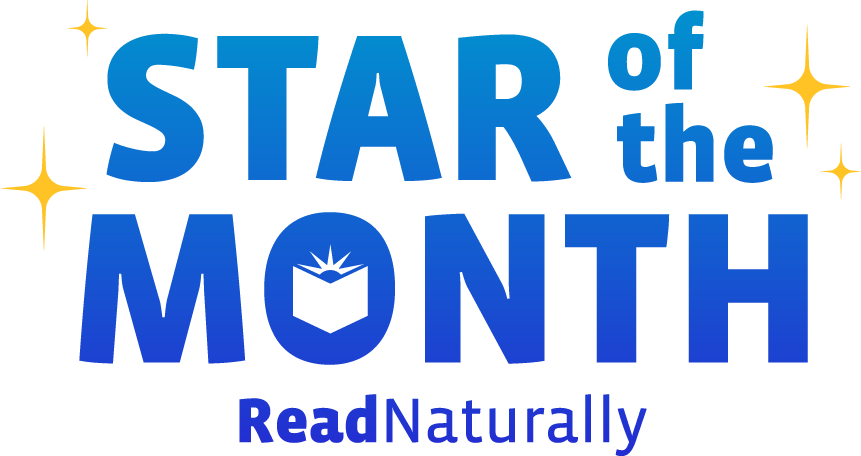With over 30 years of experience in reading intervention, if there’s one thing we at Read Naturally know for sure, it’s that more practice leads to more progress. In Read Live, that means completing as many stories as possible. Especially for struggling readers who don’t enjoy reading, it’s important to foster the motivation to do that.
Read more Pulling students out of class for reading intervention can trigger a variety of emotions— embarrassment, annoyance, even indignation. For the middle-school boys in Jennifer Melton’s Tier 3 reading intervention group at Crest Middle School last year, being pulled out of PE likely added a touch of FOMO to the mix.
Read more I think most parents and teachers would agree that bribery isn’t always a bad thing. Nobody wants to resort to it, of course, but having an emergency pack of Lifesavers to dole out to the kids when the going gets tough is sometimes, well, life saving. The problem with bribery is that it can work well in the short term, but it’s often not the best path to long-term growth.
Read more One of the things that sets Read Naturally programs apart is our high-interest, nonfiction stories. Struggling readers need to feel motivated to read, so we try to find unique topics that will hold their interest and spark their curiosity. When we read about the work of the nonprofit APOPO, not only were we inspired by its mission, but we knew we had the makings of a great story. Since then, our Rats to the Rescue story in Read Live and Encore II Level 5.6 has become a crowd favorite.
Read more Welcome to the home stretch! For most schools across the nation, winter break is just a couple days away. We hope your students’ time at home will allow them to get lost in the pages of a book beneath a cozy blanket. Last week’s blog post offers several free activities and ideas to help your students boost their literacy skills at home. Before you send them on their way, we want to reiterate the importance of just one: Reading aloud.
Read more Carol Dweck’s groundbreaking mindset research has been all the rage in education circles for a number of years now. Her research shows that students with growth mindsets—those who welcome a challenge and believe they can improve with effort—perform better than students with fixed mindsets who tend to avoid difficult tasks and who believe certain traits, like intelligence, can’t be grown.
Teachers can help nurture the growth mindset, and many have made it a priority to do so in their classrooms. But what, exactly, does this look like? Many people understand Dweck’s research to mean we should encourage and praise effort, not outcomes. But this understanding misses the mark.
Read more Back when Read Naturally founder Candyce Ihnot would present at full-day seminars, she would often start by telling a story about her youngest child, Tommy. One day, Tommy came home from elementary school and angrily declared, “I hate school.” Tommy was the son of two schoolteachers—his declaration was basically blasphemous! When Candyce asked him to explain why he hated school, his lip started to quiver. He told his mom about independent reading time. “She doesn’t even know,” he said of his teacher, “I can’t read.”
Read more To achieve fluency, a student must read with appropriate rate, expression, and accuracy. All three components are required for fluency, but are they equally important? Jan Hasbrouck, Ph.D., is a reading researcher and Read Naturally supporter who has devoted her career to studying fluency. In this guest post, she discusses accuracy as the foundational component of fluency.
Read more As promised, we are back with another round of new, free resources! If you missed the first post, click here for blank graphs, story labels, a weekly story tracker, and a difficult word list. Keep reading for new student surveys, stickers, labels for Word Warm-ups Live Level 3, and story...
Read more We hope that you and your students will enjoy these new printables: updated labels, a weekly story tracker, a difficult word list, and blank graphs for Read Naturally Live.
Read more  Share your student’s success story—nominate him or her for our Star of the Month award. Win a Barnes & Noble gift card for the student and a Read Naturally gift certificate for your class!
Share your student’s success story—nominate him or her for our Star of the Month award. Win a Barnes & Noble gift card for the student and a Read Naturally gift certificate for your class!